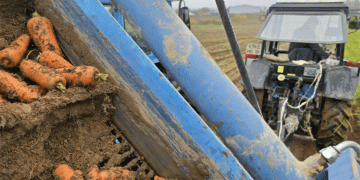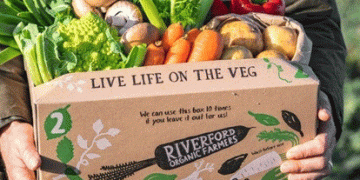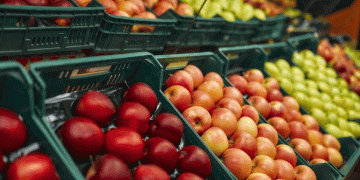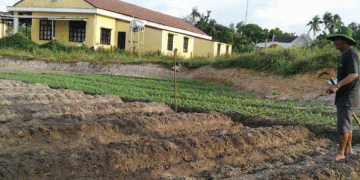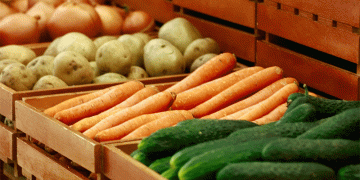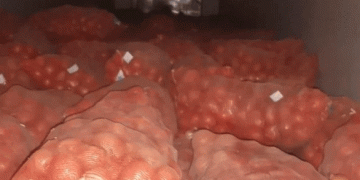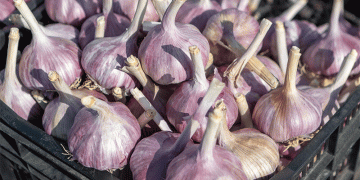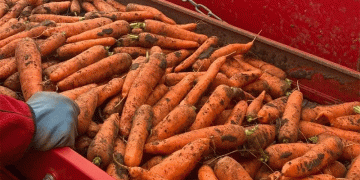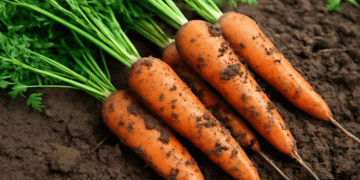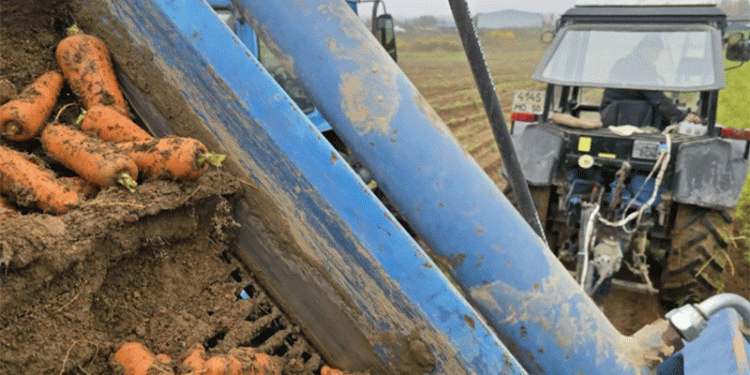In the fields near Mozhaysk, the Kalinin family farm is bringing in its carrot harvest, a task that should signify the culmination of a successful season. However, as reported, the reality is more challenging. While the quality of the carrots themselves is high, persistent rainfall has created waterlogged conditions, and early frosts have damaged the foliage. This combination is severely hampering mechanical harvesting, leading to reported product losses of approximately 30%. Furthermore, excess moisture during the growing season has resulted in a significant portion of the roots failing to reach the standard 12-centimeter size, directly impacting marketable yield.
The situation outside Moscow is not an isolated incident but a symptom of a broader challenge facing root crop producers. According to a 2023 meta-analysis in the Journal of the Science of Food and Agriculture, soil compaction and harvesting in wet conditions can increase root vegetable losses by 25-40%, directly aligning with the Kalinins’ experience. These losses stem from increased breakage, soil adhesion, and difficulty in separating tops from roots with damaged foliage. The financial impact is twofold: a direct reduction in saleable tonnage and increased costs for cleaning, sorting, and grading. The farm’s strategy of immediate post-harvest washing, sorting, and drying is a crucial step to mitigate further spoilage and secure the value of the crop that is recovered. This season underscores the growing economic threat of volatile weather patterns, where a well-grown crop can see its profitability erode literally at the finish line.
The early carrot harvest near Mozhaysk serves as a stark case study in production risk. It demonstrates that successful root crop farming in the 21st century requires more than just agronomic expertise during the growing season; it demands robust strategies for climate resilience. For growers globally, this means investing in improved drainage systems, considering weather-resistant varieties, and exploring harvesting technologies and techniques that are more tolerant of adverse soil conditions. Protecting the yield from field to storage is becoming just as critical as achieving it.
